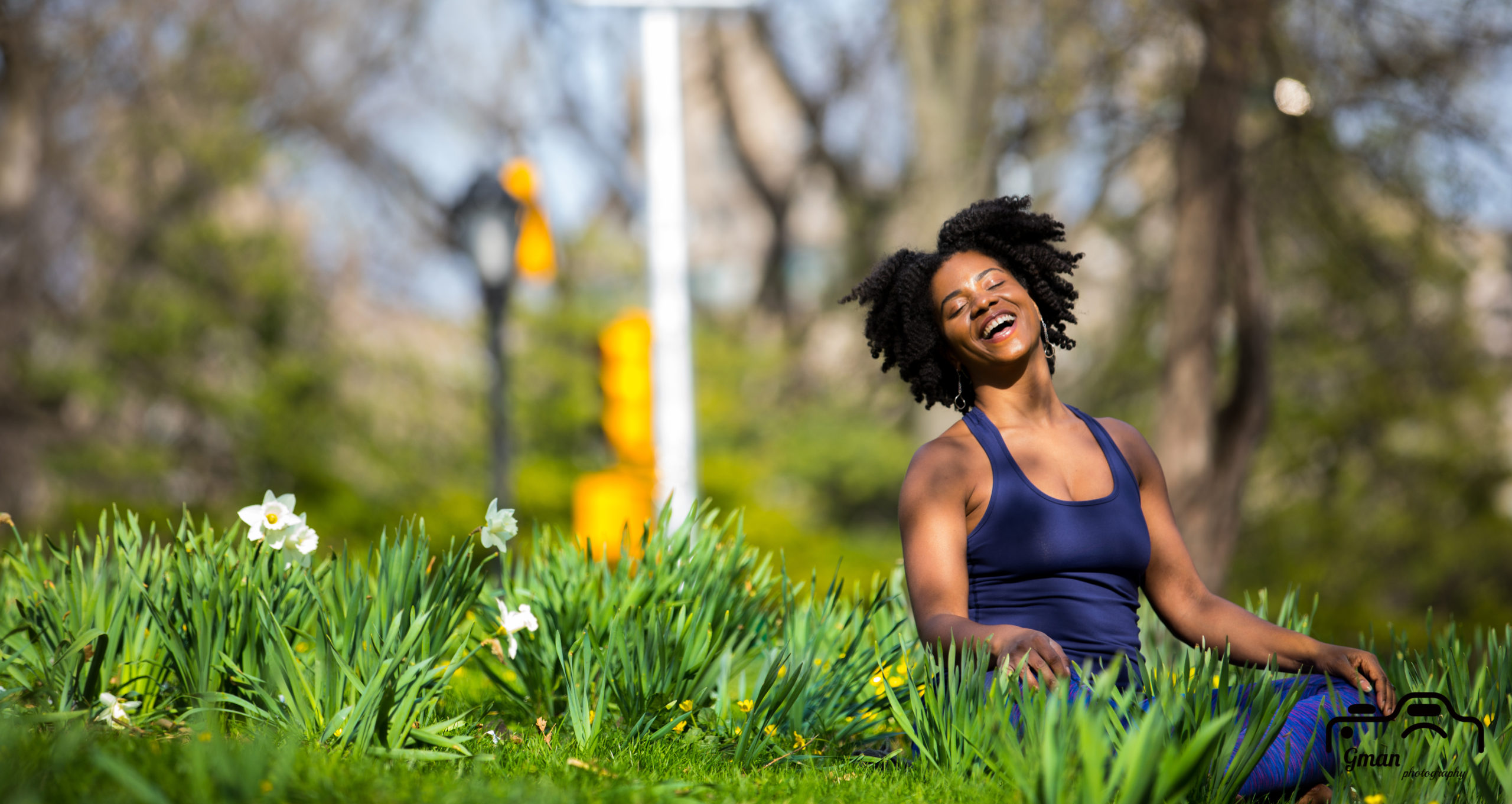Fall is my favorite season. As a periodic schoolteacher and perpetual student, September typically marks the beginning of the school year, when sentiments of excitement and anxiety about taking on a new challenge converge, and require a more grounded temperament. The shift from hot summer to subdued, cool fall is therapeutic on my very pitta dosha and body chemistry, and a welcome renewal after NYC’s concrete jungle kind of summer. Yet making this transition, like all transitions, requires care, patience and reflection to navigate well. As a yoga teacher to adults and children, instilling the value of a mindfully executed transition can be a teaching challenge. Careful transitions allow the smooth flow of teaching and learning because repetitive routines have the power to put us all at ease. When students know what is happening, why and what will come next, anxiety, disruption, injury, and conflict (in children’s classes) are less likely to occur. Yet for me, and like for most of us, it is during the “meantime,” the “in between times,” that my mind loves to check out and go on vacation, and make “mindless” actions or choices. I see it during yoga classes with my students as well. In the midst of a challenging pose, I observe my students’ strong intentional focus. Yet, the moment they are cued to exit the pose, they often bust out of the pose carelessly, and in a way that overtime might lead to injury. As a teacher, it is my job to model mindful movement and practices in order to keep the flow of learning occurring in a safe and meaningful way. Yet, when off my mat, navigating the change and unpredictability of my hectic life is an area of exceptional challenge for me as well.
A recent visit to my home from my college friend Kameelah inspired me to take a fresh look at the positive impact of mindful transitions for the fall season. Kameelah was accompanied by her eight-month old daughter, Riley, who was as active and adorable as could be. While we chatted and caught up in the living room, little Riley crawled and explored the new environs the way any toddler would, delighting in new discoveries like the taste of a fuzzy wool carpet in her mouth, and the softness of a sheep’s hair pillow to the touch. When 8pm hit, Riley’s temperament started to change. She became fussy and demanding, and smiled less without the encouragement of a playful gag. “It’s her bedtime,” Kameelah finally announced, and Riley’s behavior began to make more sense. I marked a slight change in Kameelah’s tone when she addressed Riley. She spoke more slowly, her pitch elevated a tad, and her overall presence became more of a soothing one. Eventually, Riley was coaxed into her stroller and we said our goodbyes. I had a strong feeling that by the time they arrived home, the gentle rolling wheels of the stroller had more success enticing Riley to sleep than merely being laid to rest in a crib might have.
Every parent knows well how a child’s transition from an alert, awake state to one of fatigue and sleep can alter at once his/her mood toward disgruntled fussiness. Babies need help navigating the overwhelming feelings during this significant change. We easily accept this need in children and support them through it with a variety of strategies, from repetitive motions like rocking, or by singing a soothing lullaby, to giving a calming toddler massage. We “take care” of them because we keenly perceive that they require care, and that if we do not, for all the crying and perhaps even shrieking, they won’t be the only ones who suffer! On the other hand, we often neglect to support our own personal transitions with a similar kind of soothing practice, though as adults, we still have the same critical need. Some of the most challenging transitions in my life have ranged in scope from my enormous moves from California to New York, to romantic break-ups, or the most challenging one of all lately: traveling via NYC subway with heavy bags from one yoga gig to the next.
During these transitions I take every opportunity that I can to sit and breathe. Linking the steps along my path to and from the subway to my inhale and exhale is one of the easiest ways to check in with myself when on my New York hustle. Anxiety, or unpredictable circumstances are not states that I can sit in comfortably without the tools of yoga. At these moments I practice breathing smoothly and deeply. I practice mindfulness or concentration by using various tools to “anchor” my attention, like sound, counting breaths, movement and asana, observing my emotions, and repeating mantras or positive self-talk. At times when my mind is buzzing or even spinning with all the data being uploaded and downloaded to and from my brain, these strategies for my adult self are not unlike rocking myself, as if a baby, into a calmer state. Though this is not necessarily the goal, the practice of being attentive to myself can have the effect of settling my anxious state.
Whether I transition toward fall, out of a relationship, into a new career, from one country to another, I intend, even when I forget, or fail, to continue returning to this practice, and what I observed in late summer in my friend Kameelah toward her daughter Riley: attention, softness and care, with the full knowledge of just how urgent this need is for us all, in the fall season and always.

